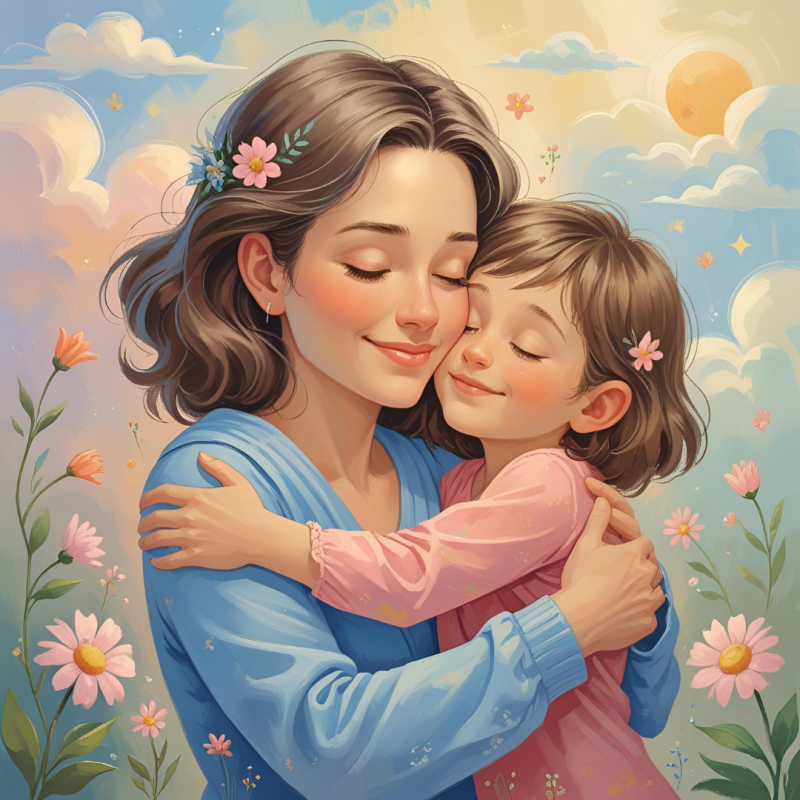There are people walking among us who seem “fine” on the outside — going to work, smiling at dinner tables, answering “I’m okay” when asked how they’re doing.
But behind those eyes… is a quiet ache.
A loneliness even in the middle of a crowd.
A sadness that doesn’t have a name.
A part of them that stopped growing years ago — still sitting somewhere in the past, waiting to be seen, to be loved.
If this resonates, you might be carrying wounds of your inner child — the younger version of you who never truly felt safe, heard, or accepted.
And this blog is for you — the ones who are still breathing, but deeply wounded.
What Is the “Inner Child”?
Your inner child is the part of you that holds memories, emotions, and experiences from your early life. It’s the little version of you who:
-
Felt afraid and no one came to comfort them
-
Was told to be strong when they needed to cry
-
Learned to please everyone in order to be loved
-
Felt invisible, unwanted, or “too much”
We grow up, but those wounds don’t magically disappear. They live in our adult choices — in our overthinking, our fear of abandonment, our need to control, our inability to rest, our emotional walls.

How to Know If Your Inner Child Is Still Hurting
You might be carrying an inner child wound if:
-
You often feel “not good enough,” even after trying your best
-
You avoid conflict at all costs or overreact to small triggers
-
You feel intense guilt when saying no
-
You crave love but push people away when they get close
-
You feel emotionally exhausted, even when nothing’s “wrong”
These are not your flaws.
They are your protectors — old coping mechanisms from a time when you didn’t have better tools.
But now… you’re safe enough to heal.
So, How Do We Heal?
1. Acknowledge That the Pain Is Real
Stop gaslighting yourself. Just because others “had it worse” doesn’t mean your pain is invalid. You are allowed to say, “That hurt me.”
2. Connect with Your Inner Child
Close your eyes. Picture yourself at 5, 7, 10 years old.
What does that child need to hear from you now?
Maybe: “You were never too much. I’m sorry no one protected you. You were worthy then, and you are worthy now.”
You can write letters, draw, look at old photos, or place a hand on your heart and speak lovingly to them.

3. Reparent Yourself
Begin showing up for yourself in the ways you wish adults had done for you:
-
Set loving boundaries
-
Rest when you’re tired, not when you’re “allowed”
-
Celebrate small wins
-
Comfort yourself when triggered, instead of blaming or shaming
You are becoming the parent your inner child always needed.
4. Seek Support — You Don’t Have to Do This Alone
Healing doesn’t mean you have to fix yourself in silence. Sometimes, healing means saying, “I need help.”
Find a therapist, a coach, a support group — or simply someone who listens without judgment.
A Gentle Reminder
Healing isn’t linear. Some days you’ll feel light. Others, you’ll cry over things that happened 20 years ago. That’s okay.
You’re not broken. You’re remembering.
You’re not weak. You’re brave enough to face what others buried.
You’re not too late. Your inner child has been waiting for you — and today, you showed up.
So breathe.
You’re doing the work.
You’re coming home to yourself.
And that is the most powerful healing of all.
—
With love, from one soul to another,
Daisy Dang


